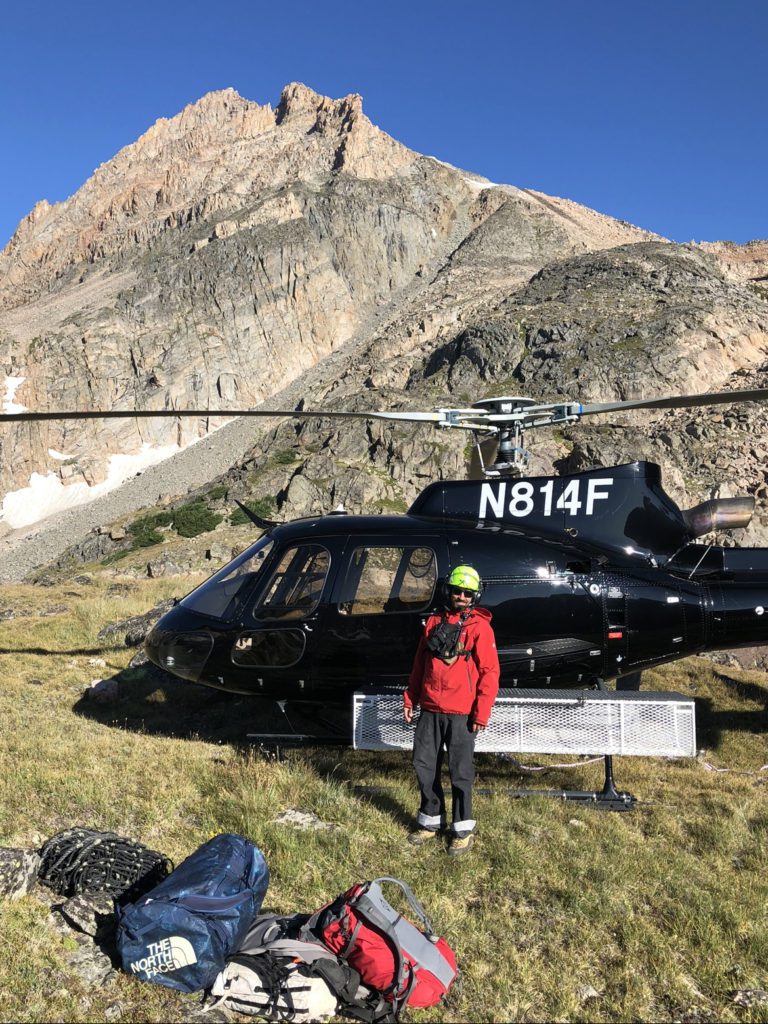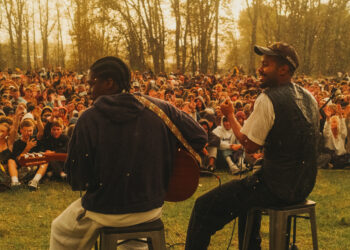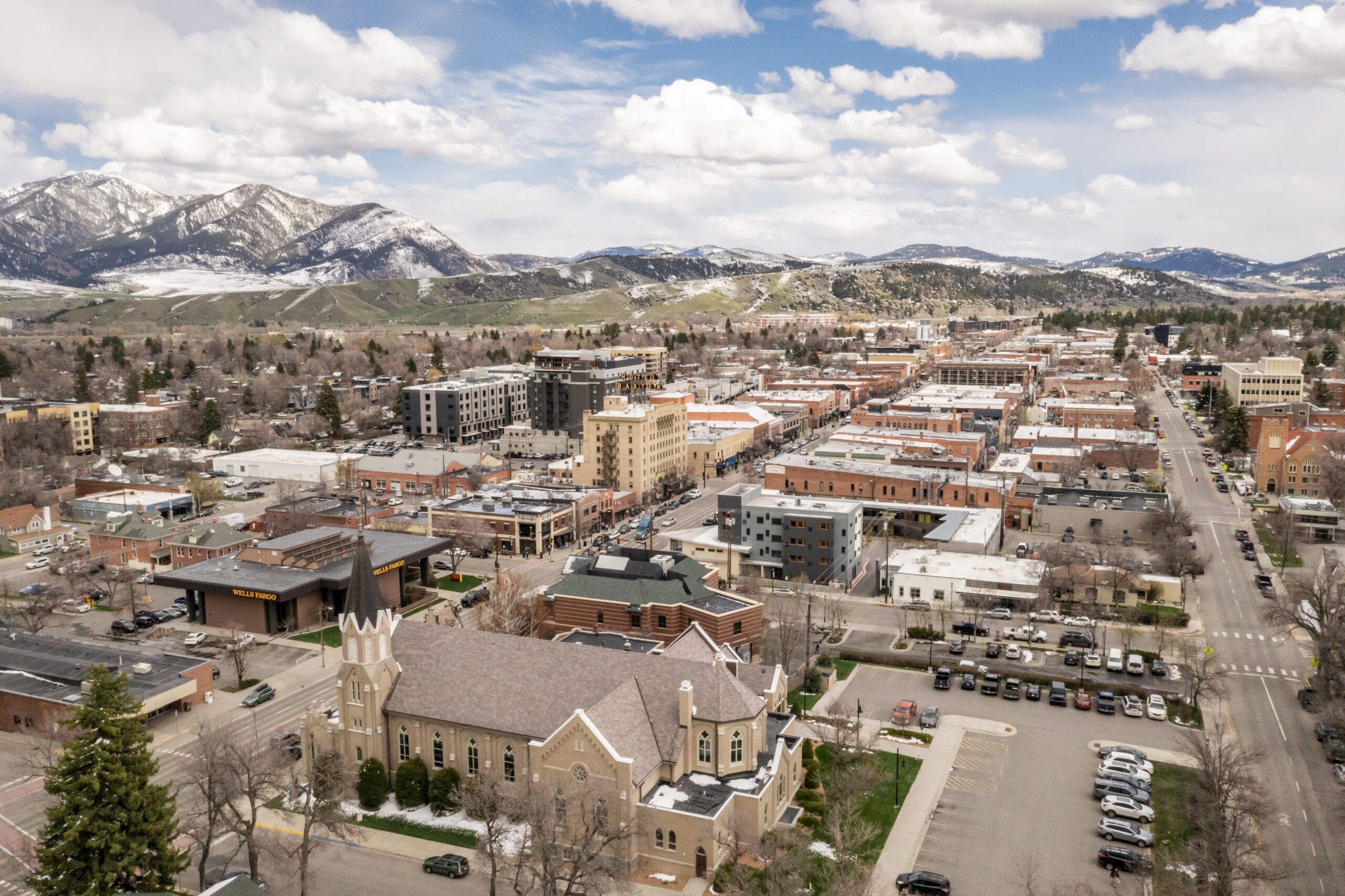Volunteer organization gains funding, full-time positions
By Gabrielle Gasser EBS STAFF
BIG SKY – For 29 years, Gallatin County Sheriff Search and Rescue Big Sky Section has been finding lost hikers, digging skiers out of avalanches and even rescuing rafters and kayakers from swift river currents. While this work may sound like a full-time gig, Big Sky’s SAR team is an organization of volunteers.
When the call for help goes out, members of SAR drop what they’re doing, whether that be dinner with their family or even their day job, and spring into action.
The Big Sky Section of SAR began in 1992 when Ed Hake, longtime Big Sky local and owner of guiding service Canyon Adventures, along with five other locals, recognized a need in Big Sky and stepped up. Hake explained that response times from the valley were slow for emergencies in Big Sky. The growing town was getting busier and utilizing SAR resources more.
“We’re not paid to do this, we do it because we see it as a need for the community,” Hake said. “We always need more people to step up in the community.”
The recent growth of SAR prompted the addition of two mills on the ballot which passed in 2020 bringing the total number of mill levies funding the organization to three. According to Scott Secor, GCSSAR captain, this brought SAR’s budget up to $1.1 million and provided three new full-time paid positions, including Secor’s as well as a training coordinator held by Jason Revisky, and an administrative assistant, Erin Metzger. Currently, Big Sky SAR has 31 members on its roster.
All three new positions are part of the Gallatin County Sheriff’s Office, and the new expanded budget will be used for operations, personnel and building space, according to Secor.
One SAR member, Julian Gerardi, has been on the team approximately 14 years. He moved to Montana from Vermont in 2005 on a whim, a decision he’s happy with 16 years later.
“Julian puts in a ton of time,” Hake said of the longtime volunteer. “Not only is he part of Big Sky Search and Rescue, he’s also very involved with the Heli team out of Bozeman. So, he’s going to meetings there going to meetings up here, coordinating trainings between us and the Heli team.”
Explore Big Sky recently sat down with Gerardi to learn more about his time on the SAR team and understand what makes volunteering for this elite group gratifying.
Some answers have been edited for brevity.
Explore Big Sky: How did you end up in Big Sky?
Julian Gerardi: I grew up in Vermont and I had several friends that moved away and were living out here. In 2003, the mother of one of the friends said, ‘You have got to go visit my son,’ and she bought me a plane ticket to come out here, it was awesome. I skied in the Bridgers nearly every day for three weeks straight and fell in love with the place. I thought to myself, man, if I ever had the opportunity maybe I would move out West. About a year and a half later, the summer of 2005 … I said goodbye to my parents, met up with my friends [and] we left in a small convoy for Montana where I’ve been ever since.
EBS: How did you become involved with Search and Rescue here?
J.G: I’ve worked in the building industry since high school and in 2007 I started working for Highline Partners in Big Sky [and] who I’m still with today. I oversee projects from start to finish as a site superintendent. One of our principals, Todd Thesing, was very involved in Search and Rescue and was actually the president of Big Sky SAR for a while. I joined the GCSSAR Alpine Team, which does high angle rope rescue work and the Hasty Team, which is predominantly a backcountry wintertime incident response team. A couple years later I was also invited to join the helicopter team which does all kinds of cool mountain missions include short hauling … In 2012, I ended up moving from Bozeman here to Big Sky … so I joined Big Sky Search and Rescue here also.
EBS: Why did you become involved with SAR?
J.G.: I have had a lot of injuries myself; I’ve always unfortunately been a pretty accident-prone person. Luckily, I have never had to call SAR for help to get out of the mountains, but I appreciate the fact that there’s this incredible group of people who are willing to drop everything and come when needed. I thoroughly enjoy being a part of the search and rescue community and all the teams: we’re a big family. We look out for each other and have a lot of fun together.
EBS: What is the most rewarding part of being on the Big Sky section
of SAR?
J.G.: When you can really help someone who’s hurt, lost or in trouble and see that they are genuinely grateful that is just a really satisfying feeling. Frequently, people we’ve helped will later reach out with a call, a thank you note or even a donation to SAR to tell us how grateful they are. Additionally, just being able to pull off some of the more technical rescues; for an unpaid, volunteer team, we pull off some incredible stuff. I’m always so proud of my team and how everyone always gives it everything they’ve got.

EBS: What training or qualifications do you need to be on SAR’s
Big Sky section?
J.G: We want everyone who joins BSSAR to have or get their Wilderness First Responder and or EMT within the first year. We really encourage people to have as much training and experience as possible. We also do a broad spectrum of trainings every year including medical trainings and refreshers, work with our radios and GPS. Typically avalanche education and rescue training [in] early winter and swiftwater training for river rescues in the spring. Rope work for high-angle patient raises and lowering in technical terrain. We also train on the equipment that can help get us to a patient quickly and get them out of the woods like snowmobiles and ATV’s.
EBS: Do you have a favorite memory or experience from your time with the
Big Sky Section of SAR?
J.G.: I have a lot of fond memories from working with SAR. All the shared experiences both good and bad with my teammates; a lot of highs and lows. Slogging through the wilderness and some extremely physically demanding type II fun. Something that really stands out is our snowmobile trainings. I’ve always loved winter and the mountains. I grew up ski racing in Vermont and when I moved here I got into backcountry skiing. As is a natural progression for many, I bought a snowmobile to assist with that and then totally turned into a sledneck. I really enjoy putting on sled trainings and being able to show and teach my teammates some techniques for how to be a better snowmobiler as well as all the awesome places you can go on them. Being on the short haul team has also been a highlight. There is nothing like dangling below a helicopter on a 150-foot rope and being dropped off or picked up from a precarious position on a mountainside.
EBS: What would you want people visiting the area to know?
J.G: Make sure that you have a plan and are educated and well prepared for whatever you’re getting yourself into. Do activities with a partner whenever you can. Make sure you tell someone not going on the adventure with you what your plan is and to call for help if you are not back by a predetermined time. Having a way to call for help yourself is also a good idea. Have your cell phone on you and charged even if you’re in the backcountry and outside of cell service. If you’re lost, the military has some technology to find a cell phone even when you can’t make a call. This comes into play on extended multiday searches. The satellite messengers available today are also an incredible resource.
If you truly need help, call as soon as possible. Despite all our resources, it can take a long time to reach you. We are an entirely volunteer organization so our members need to respond from home, work or whatever activity they are currently doing.
Be sure to look at the weather forecast but also know that they are not always accurate. Mountain weather is difficult to predict, and conditions can change very quickly. Surprise thunderstorms and even snow in the summer is not out of the ordinary, so be prepared, bring plenty of food, water and layers. Also be bear aware. Always carry bear spray in bear country and know how to use it. Think about and talk with your partners ahead of time and have a plan for if things go south and know how you would handle an emergency situation.














